Giving Sight to my Robots Skyrocketed my Production

Posted on Jan 15, 2020 7:00 AM. 3 min read time
In June 2014, I purchased my first collaborative robot. At that time I was a one-man shop and I was hoping my first “employee” would help me double or triple production by tending my CNC mill. Within six months I sold the same robot on eBay at a loss of a few thousand dollars. Here’s why.
As a manufacturing entrepreneur, I was fascinated with anything at the cutting edge of production. A cobot from Universal Robots seemed like the epitome of cutting-edge. However, I quickly learned that “new” doesn’t necessarily mean “ready.” Sure, thousands of UR robots are working perfectly around the world, but for my small shop I just didn’t have the time or resources to invest in part fixtures, vision systems, or end effectors for the large variety of parts I was making. I cut my losses… but I knew I would be back.
Fast forward five years. My business has quadrupled its floor space, added nine machines, and has six full-time employees. I’ve once again purchased a collaborative robot: a UR10e. So why did I add a collaborative robot now, when I have plenty of employees? First of all, the peripherals in the industry have come a long way. My initial struggle with robotics came down to the fact that robots are blind. Programming relies on telling them exactly where each part is supposed to be. With size variations and odd part counts, I needed a variety of gravity feeders and pin boards to present workpieces to the robot.I had a dilemma: Do I spend time making feeders, or machining parts? The best solution would have been a flat table with a camera system on a frame, but deploying such a system seemed more like working with a DOS command line than the smartphone in my pocket. That all changed with the release of the UR e-Series robots and Robotiq Wrist Camera. The plug-and-play integration and simplicity of a wrist-mounted camera is a breath of fresh air. Robotiq’s wrist camera will be on every robot I purchase from now on.
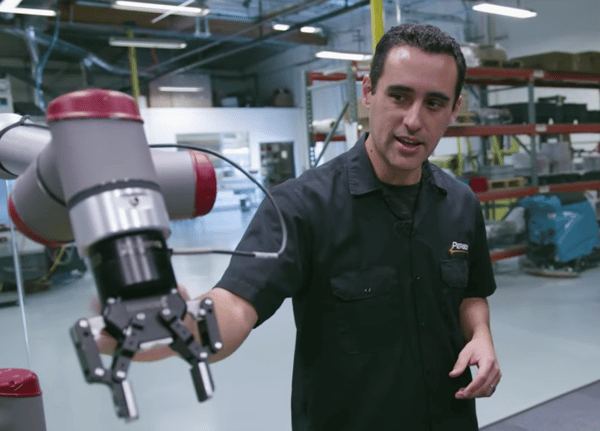 My initial struggle with robotics came down to the fact that robots are blind.
My initial struggle with robotics came down to the fact that robots are blind.
Second, the software in the industry has come a long way. Several months into owning my first robot, my reseller went out of business, leaving me without local support. The original UR series robots were relatively intuitive compared to other brands, but a helping hand on the software side would have completed the puzzle on more complex integrations.
The peripheral devices available in 2014 also lacked intuitive interfaces. Robotiq is one of the companies that have changed that, with the addition of their end effectors and easy-to-use software for the URCaps platform (the smartphone-like interface for controlling the UR e-Series). Today’s dilemma now revolves around deciding which of their products to buy!
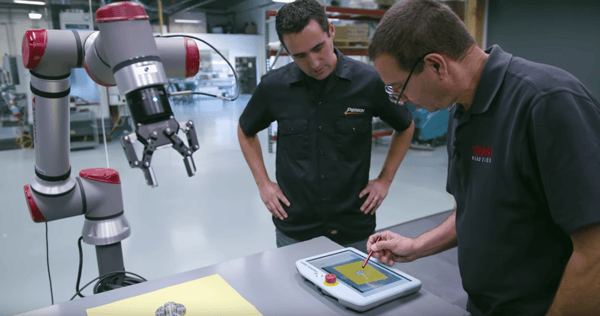
Robotiq’s wrist camera will be on every robot I purchase from now on.
Finally, did I mention the industry has come a long way? URCaps alone bridges the hurdle between powerful peripherals and easy deployment. Command lines, laptops running next to the control box, and an IT degree are no longer required. Even the number of tutorials and demos on YouTube has grown exponentially. The ease with which my Robotiq wrist camera, Force Copilot, and dual Hand-E grippers were deployed sealed the deal on jumping back into collaborative robotics.
It’s a great time to be in manufacturing. This time around, my robots are here to stay.


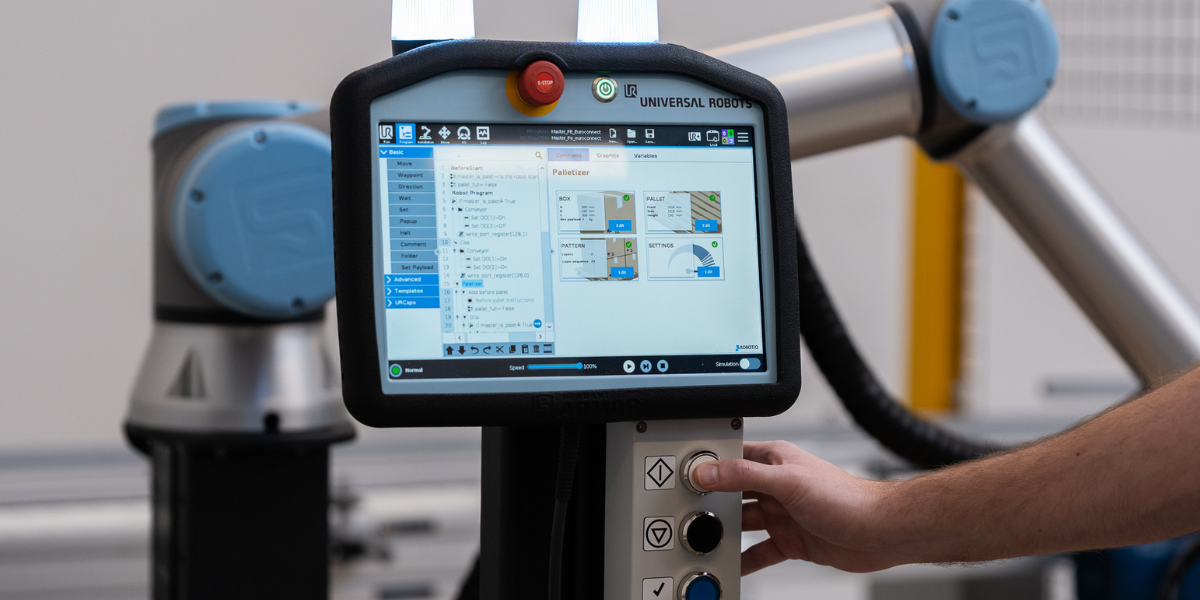

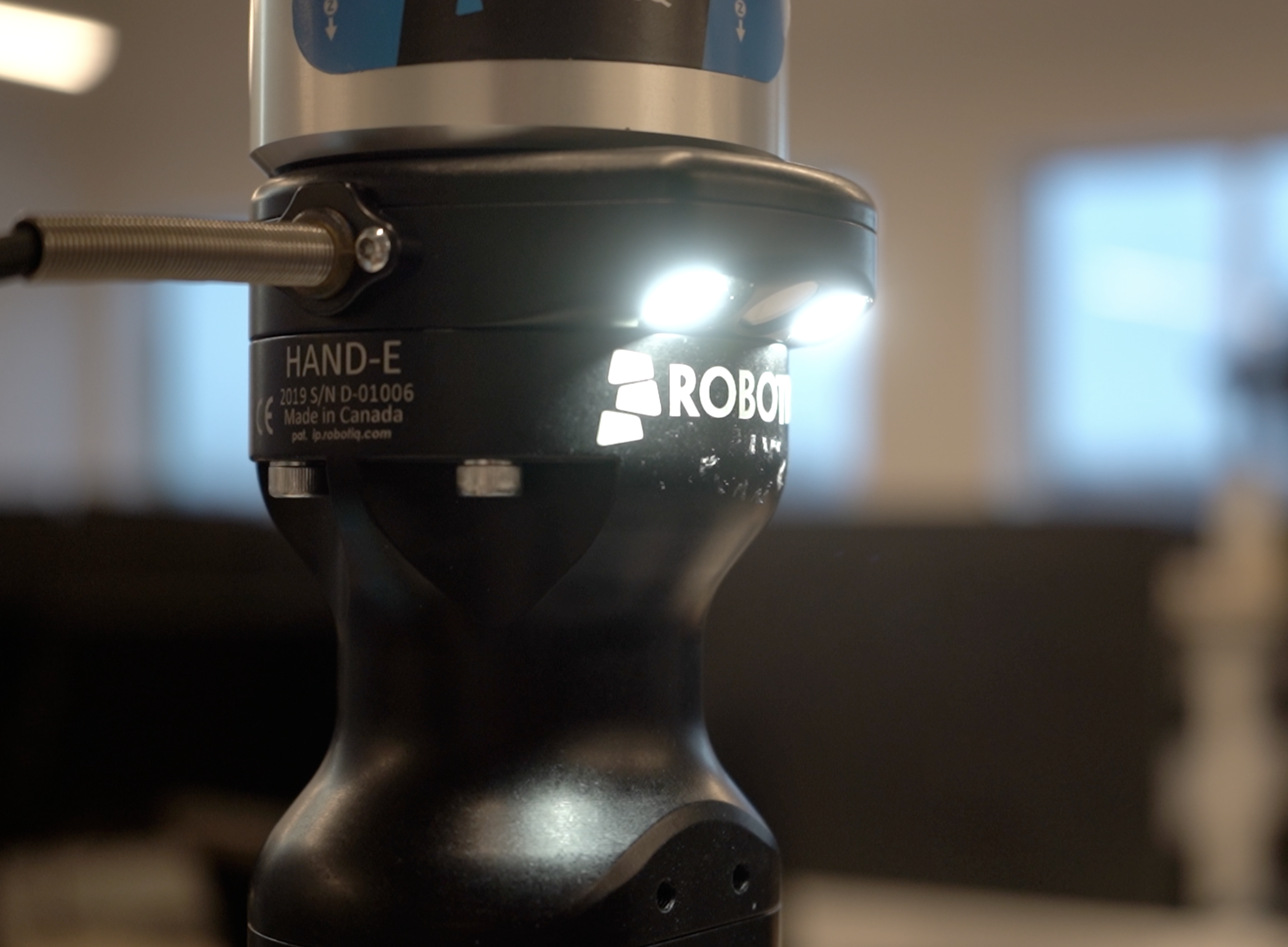

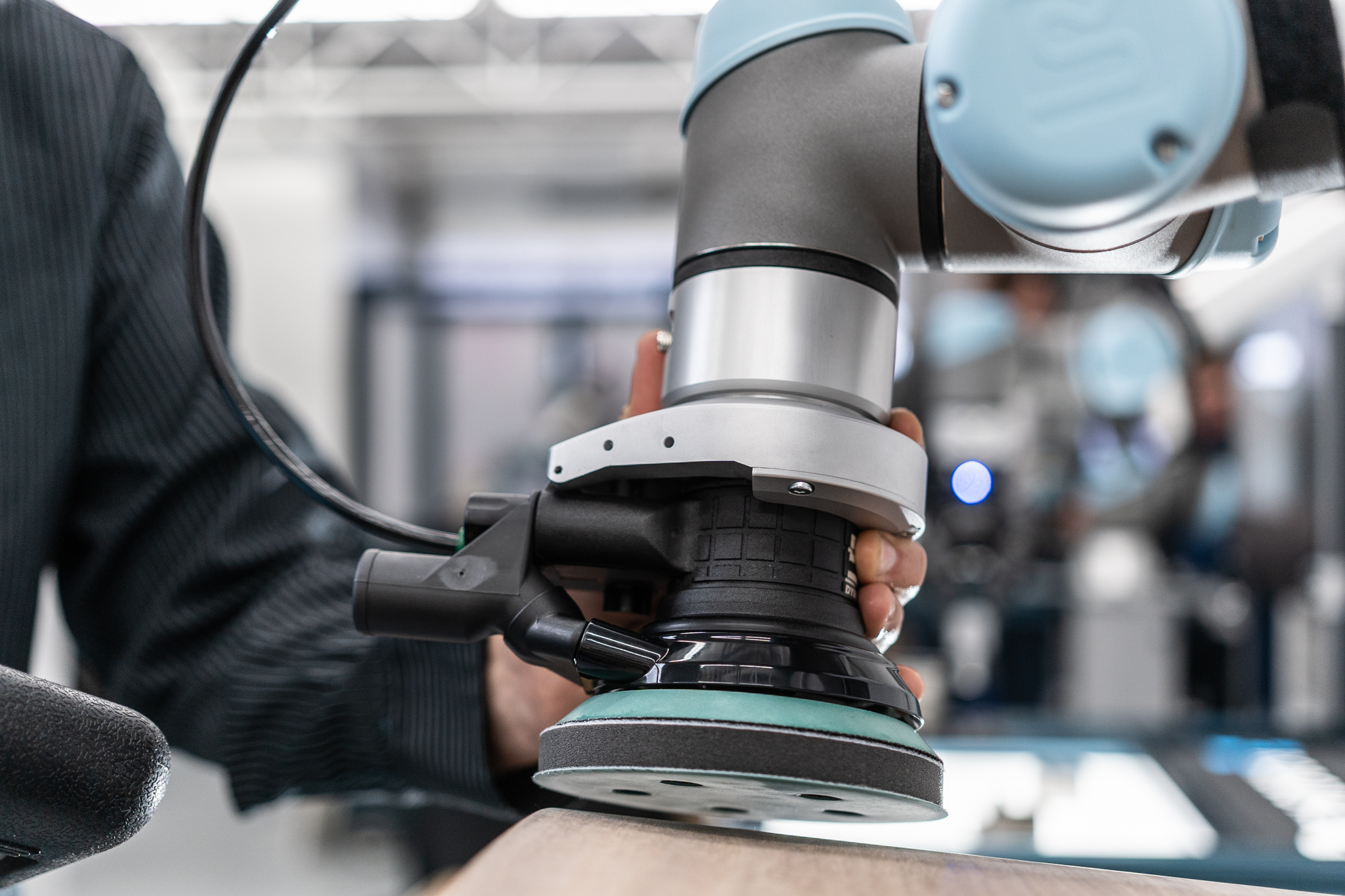


Leave a comment